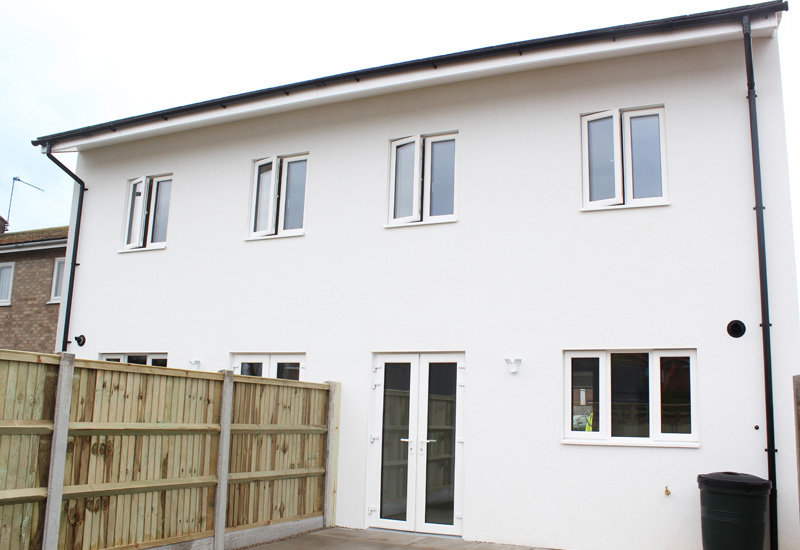
John Acres from planning consultancy Turley looks at the impact of the recent move to cut the affordable housing threshold to 10 dwellings.
The small house-builder may have become a dying breed over the last 20 years, but the Coalition Government, anxious to lift the burden of costs on the smaller builders whilst maximising the delivery of housing prior to the election, has given them a welcome boost.
From 1st December 2014, a new threshold for the requirement to provide affordable housing has been set at sites of 10 dwellings or more, or schemes that have a maximum combined floorspace of 1,000 square metres.
This new measure also applies to tariff style contributions (but not S106 obligations) and also covers residential annexes and extensions. It does not, however, apply to so-called ‘exceptions sites’ usually identified outside village boundaries. However, in areas covered by Section 157 of the Housing Act 1985, which includes National Parks and AONBs, Councils may choose to set affordable housing and tariff thresholds at five dwellings, but those sites between five to nine dwellings should only make financial contributions rather than provide on-site affordable housing.
Removing the burden on small builders
This decision follows on from a Government consultation held in March 2014 which included a whole series of measures designed to lift the burden on smaller house-builders. It emerged in response to what has been a growing trend by local authorities over the years, to seek affordable housing contributions from smaller and less profitable sites, in some cases only one or two dwellings. These complex and bureaucratic controls have rendered many sites unviable and have held back smaller schemes and delayed the delivery of new homes.
As a consequence, over the last generation, there has been a huge fall in the number of smaller builders. From 1980 and 1988 the contribution to supply from builders producing less than 100 dwellings per year was around 38%, 30 years later between 2009 to 2013 their contribution had fallen to 27%. Indeed, by 2013 the 41 largest firms were responsible for 73% of housing supply.
Changing attitudes
Planning policies have not helped. During the last 10 – 15 years, larger sites on the edges of towns and cities have been deemed to be more sustainable in view of their better access to services and facilities, with smaller rural sites regarded as inappropriate or unwelcome, despite their role in keeping village communities alive. Now with more local input, the attitude seems to be changing.
But the new measure has not gone down well with affordable housing providers and Local Councils, especially rural authorities. Reading and West Berkshire Councils have together mounted a legal challenge against the Government in an effort to reverse the change, and in Shropshire the Cabinet has resolved to defy the Government by continuing to seek contributions for affordable housing on all sites – down to one dwelling.
Shropshire estimates that over the last two years more than 92% of their residential applications have been on sites of less than 10 dwellings. What’s more, the Lyons Review commissioned by the Labour Party, recommends that, if elected, a new Labour Government should abolish the concession.
But for landowners and developers this represents an instant boost in value and a saving of time, which should make small sites more viable, marketable and deliverable which may well bring more dwellings into circulation. With only two months now to go before the General Election, this could be valuable to the current Government. So the message seems to be ‘buy now whilst stocks last’ – this could be a window of opportunity which may close almost as quickly as it opened.
John Acres is a consultant at planning consultancy Turley. He can be reached by email: jacres@turleyassociates.co.uk or visit www.turleyassociates.co.uk








